By Michael E. Haskew
When the German invasion of Norway was set in motion on April 9, 1940, much of the planning for the event had been done on a shoestring. Adolf Hitler, in fact, had given General Nikolaus von Falkenhorst only five hours to put together a coordinated scheme for victory.
Falkenhorst, nevertheless, accepted the assignment, admitted that he “had no idea what Norway was like,” and purchased a Baedeker travel guide to assist in orienting his forces. The general envisioned a coordinated attack by land, sea, and air even though such a concerted military campaign was unprecedented. Despite the difficulties, however, the invasion was successful—but at serious cost to the German Navy.
Three Direct Hits
Operation Weserübung (Weser Exercise), which had been named for a river which runs through Germany and empties into the North Sea, was initiated with confidence, but soon the issue was in doubt. The heavy cruiser Blücher was sunk in Oslofjord by Norwegian shore batteries, the light cruiser Karlsruhe was sent to the bottom near Kristiansand, and the light cruiser Königsberg was sunk during the capture of the port city of Bergen. In addition, the battlecruiser Gneisenau and the cruiser Lützow were heavily damaged, at least a dozen destroyers had been sunk or damaged, and as many as 14 supply vessels had been lost.
Aside from the fact that the losses were severe, the sinking of the Königsberg is worth more than passing mention. The light cruiser was the initial warship of three sisters including Karlsruhe and Köln. Displacing 6,000 tons, her keel was laid in 1926. Main armament consisted of nine 5.9-inch guns mounted in three turrets, while secondary armament consisted of a complement of six 88mm, eight 37mm, and four 20mm weapons primarily intended for antiaircraft defense.
In company with the Köln, the Königsberg supported the landing of German troops at Bergen on the morning of April 9. Accurate fire from the Kvarvan Battery at the mouth of the harbor scored at least three hits and damaged the Königsberg’s engines, damage control capability, and auxiliary power. Water mains that supplied firefighting equipment were crippled. Once Bergen was in German hands, the damaged cruiser was tied up alongside the Skoltegrund Mole inside the harbor.
Raided by the RAF
British reconnaissance flights photographed two German cruisers at Bergen, and Royal Air Force Bomber Command launched unsuccessful attacks by 24 Vickers Wellington and Handley Page Hamp- den bombers late in the day. Dropping nearly three dozen 500-pound bombs, these aircraft failed to score a hit. When darkness fell, the Köln made good its escape. The battered Königsberg remained.
Lieutenant Commander Geoffrey Hare of the Royal Navy observed for himself the tempting targets at Bergen and persuaded the commander of HMS Sparrowhawk, as the Royal Navy’s air station at Hatston was known, to authorize a strike by Blackburn Skua dive-bombers of the Fleet Air Arm. A total of 16 Skuas, 11 from No. 803 Squadron and five from No. 800 Squadron, took to the air to attack a target at the extreme limit of the aircraft’s range.
At 5:15 am on April 10, the mission commenced. Two hours later, the single German cruiser moored in the harbor was set upon by the Skuas, the first wave diving out of the sun at a 60-degree angle from 8,000 feet. At least three 500-pound bombs, released from altitudes of 1,500 to 3,000 feet, found their marks amidships and ignited raging fires. The attackers sustained minimal damage from light antiaircraft fire, and the ship began to settle by the bow. One Skua of No. 803 Squadron was reported to have spun in during the return flight, its pilot and wireless operator/gunner both killed.
The First Naval Vessel in History to be Sunk by Air
Accounts vary as to the length of time the Königsberg remained afloat, some reporting that the ship sank within the hour and others that her crew waged a heroic three-hour fight to save her. Regardless, the ship was wrecked. Eighteen sailors were dead and 23 wounded during the attack. The Germans actually noted that as many as six British bombs had struck their target. Later raised from the mud of Bergen harbor, the Königsberg was never returned to service. Its hulk was broken up for scrap by the Norwegians in 1947.
A pair of noteworthy postscripts surround the sinking of the Königsberg. Although the Royal Navy had officially downplayed the role of dive-bombing as an effective offensive tactic, it was in fact the Skua that made the action memorable. Fleet Air Arm dive-bombers had accomplished their mission, and the Königsberg was the first naval vessel in history to be sunk by air attack during wartime.
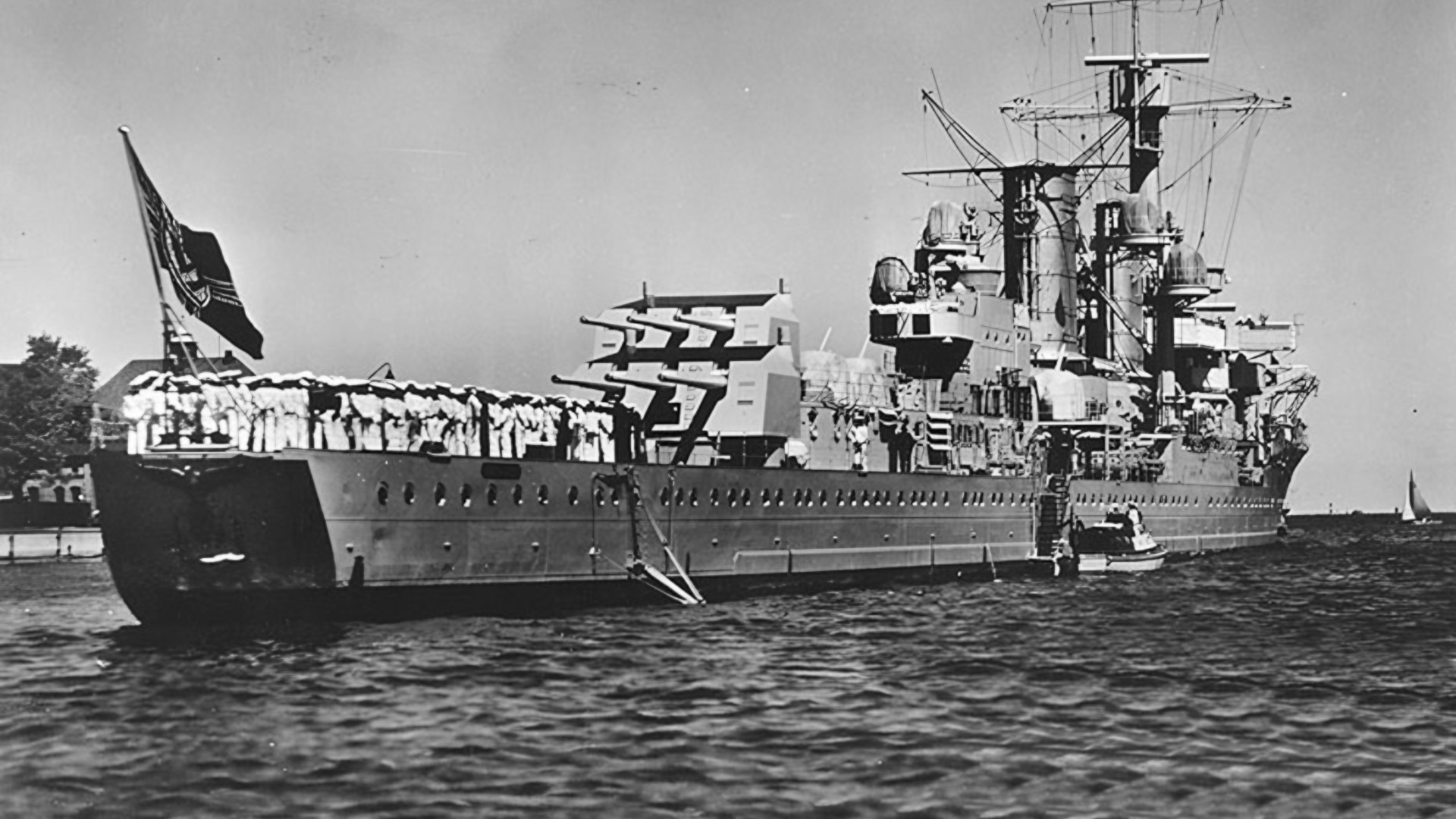
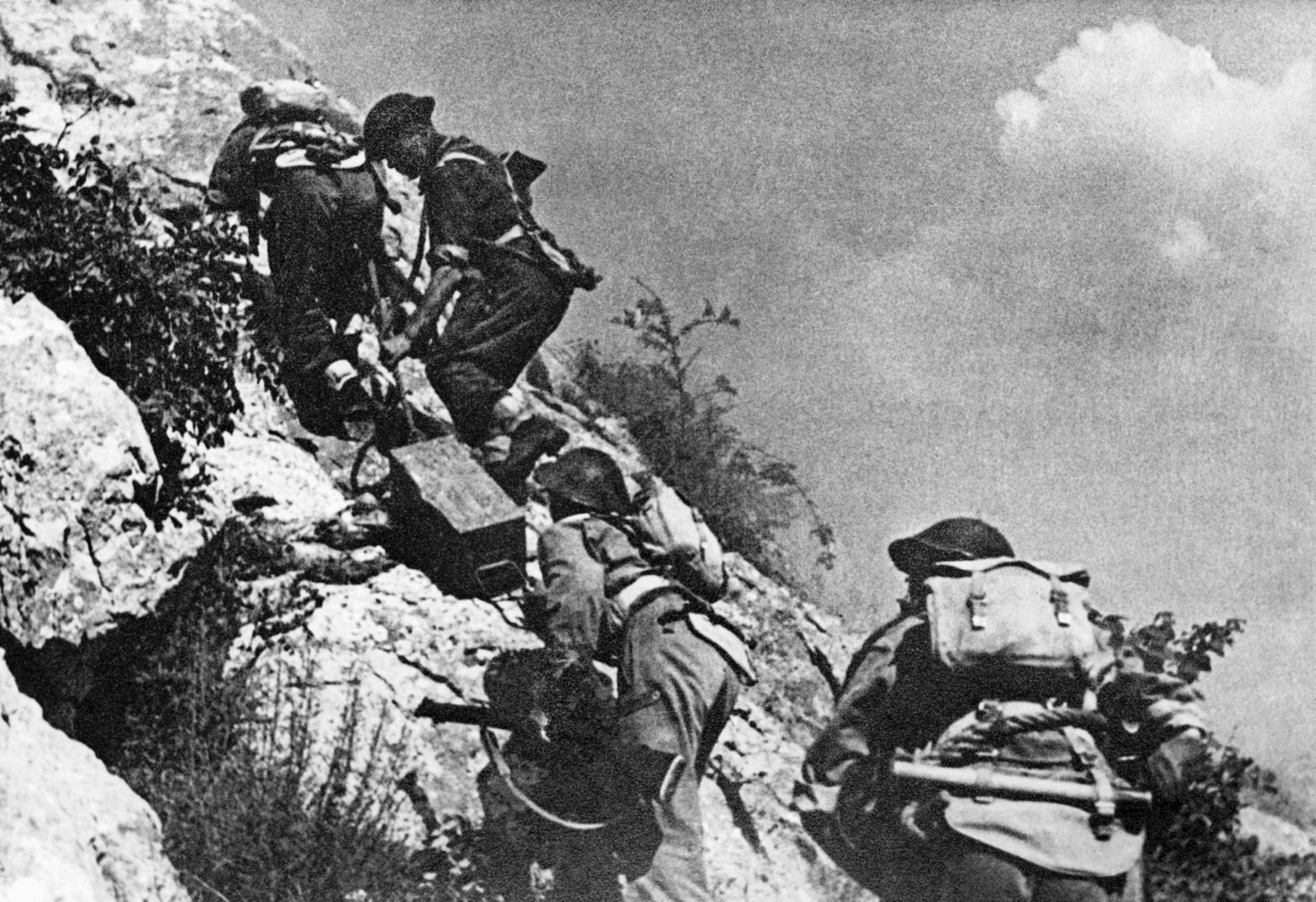
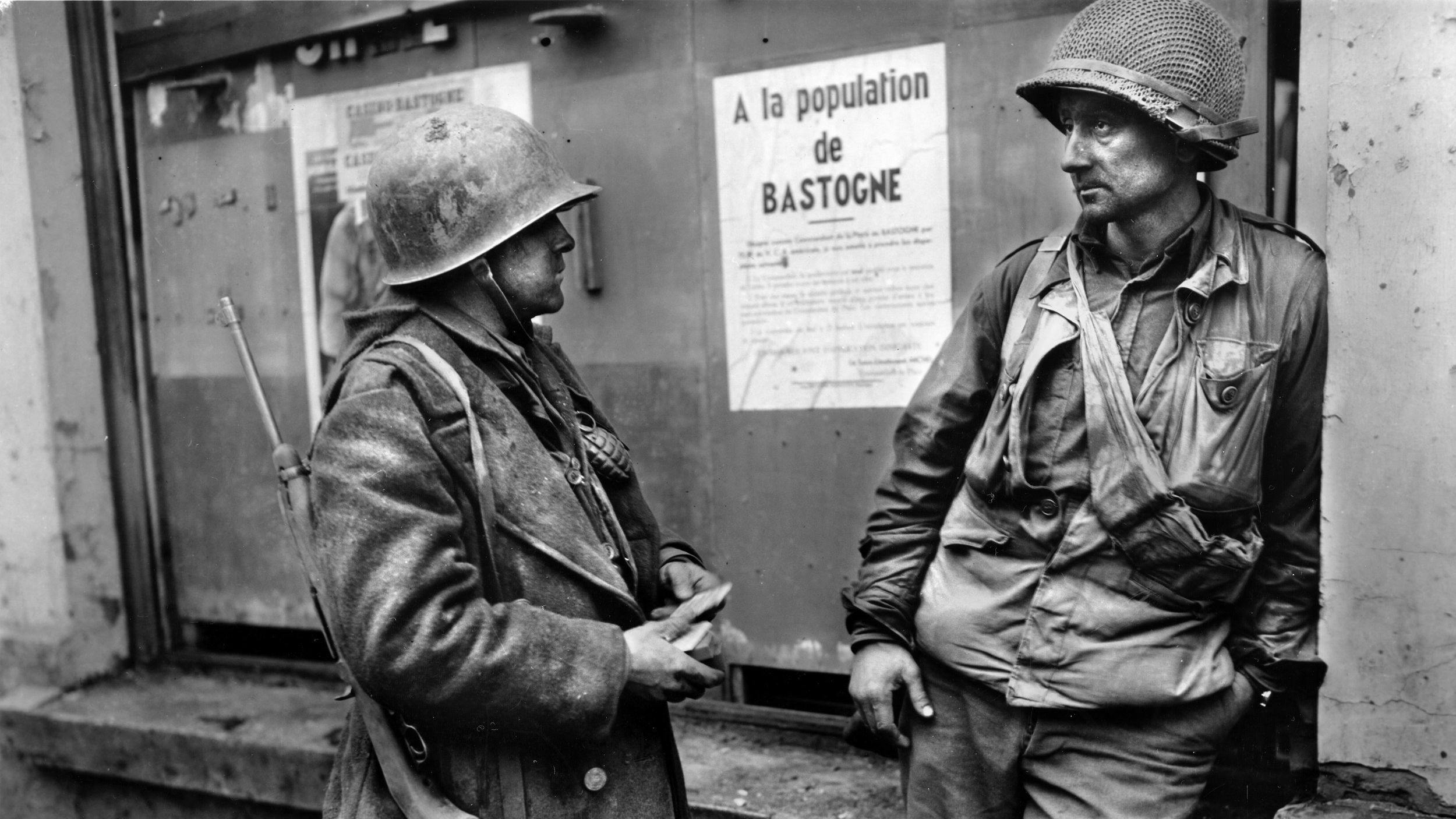
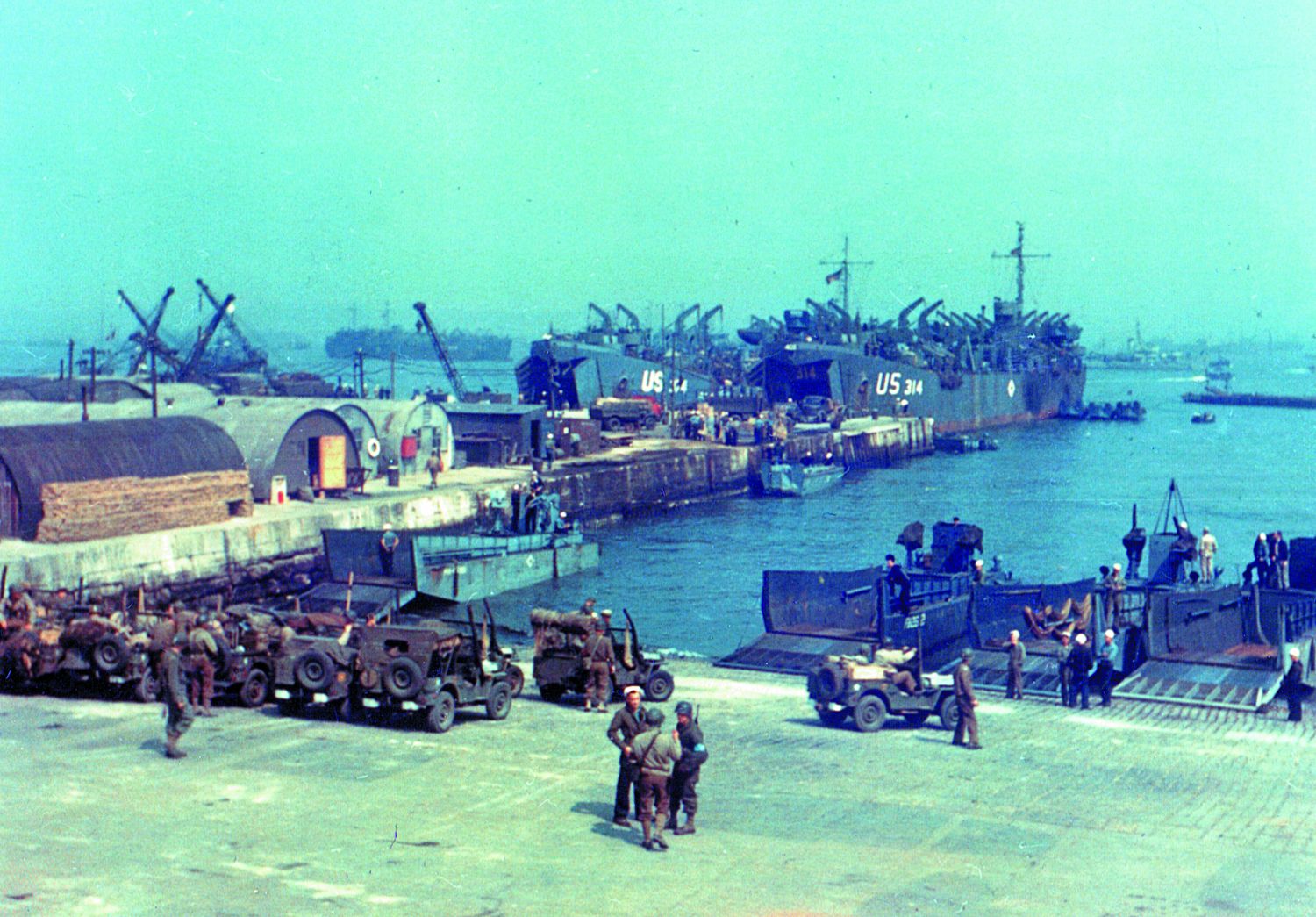
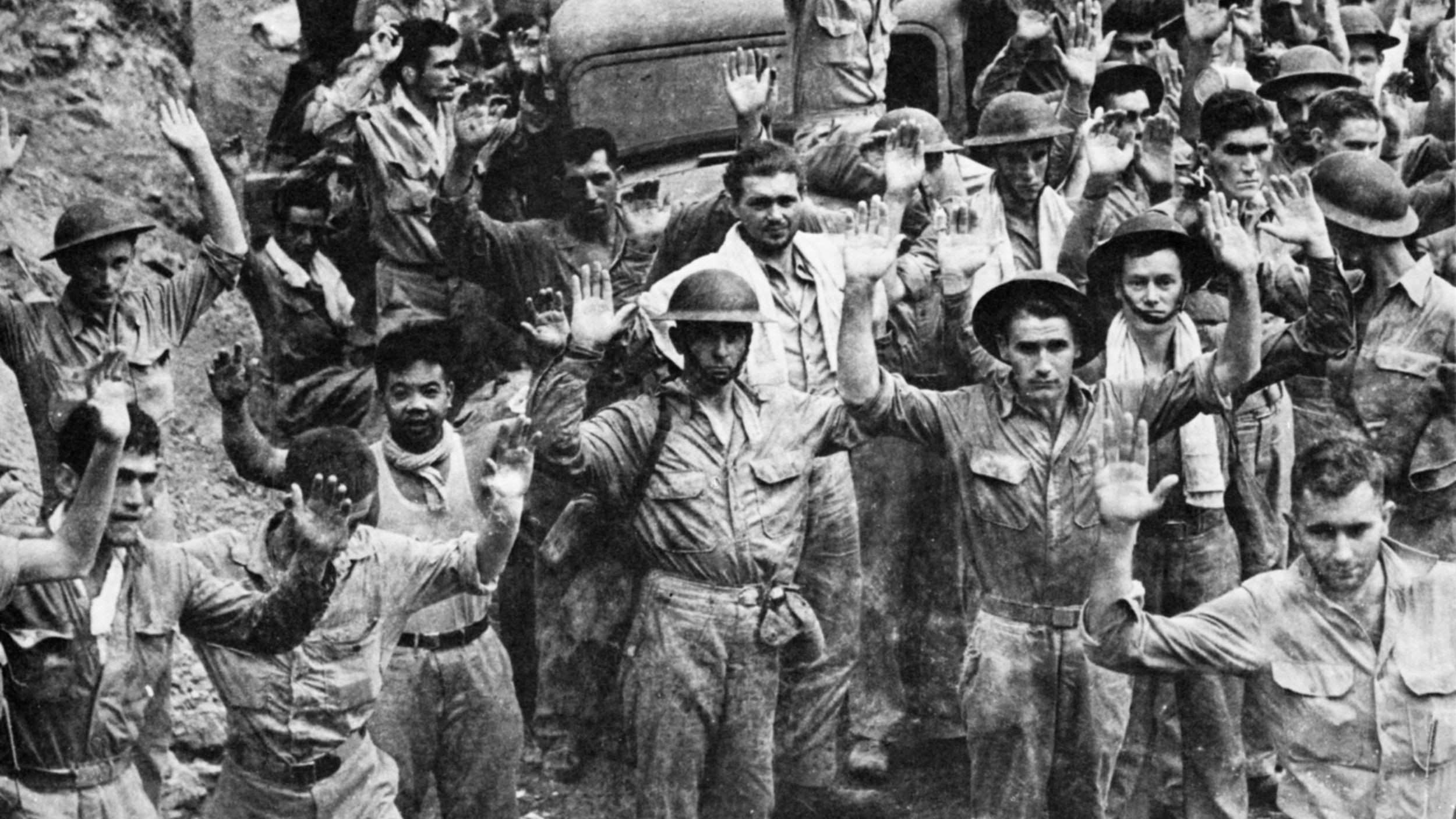
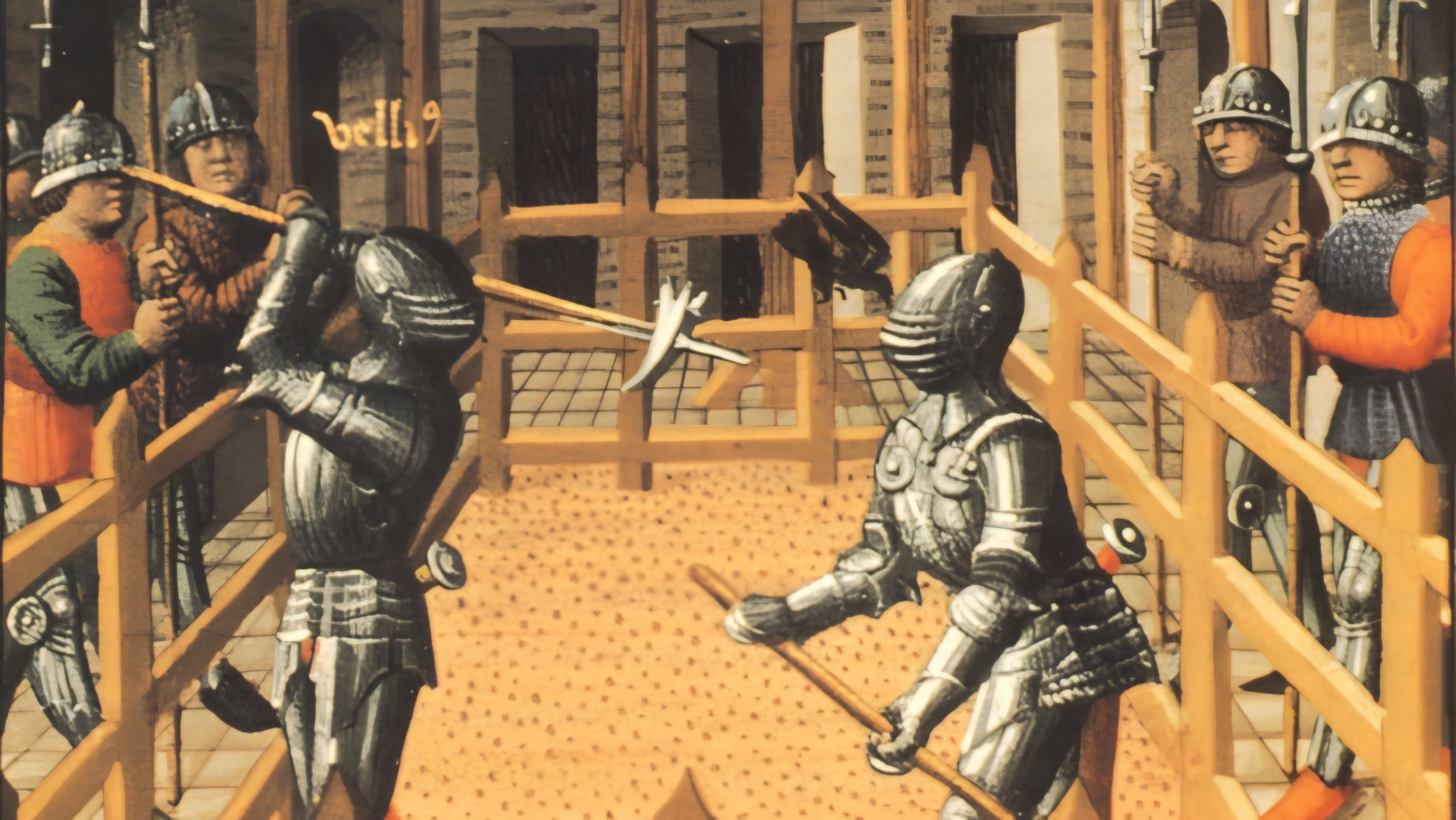
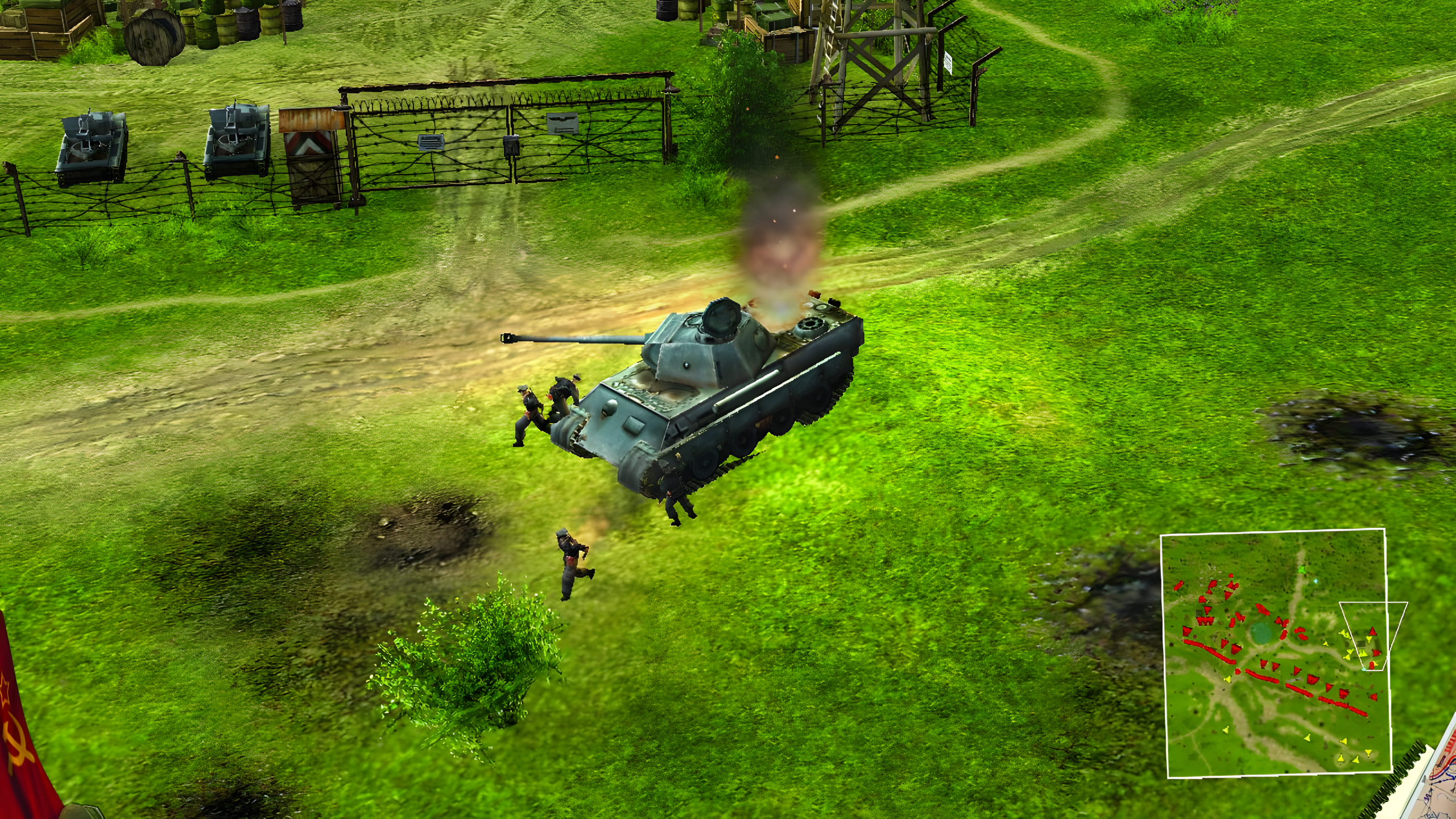

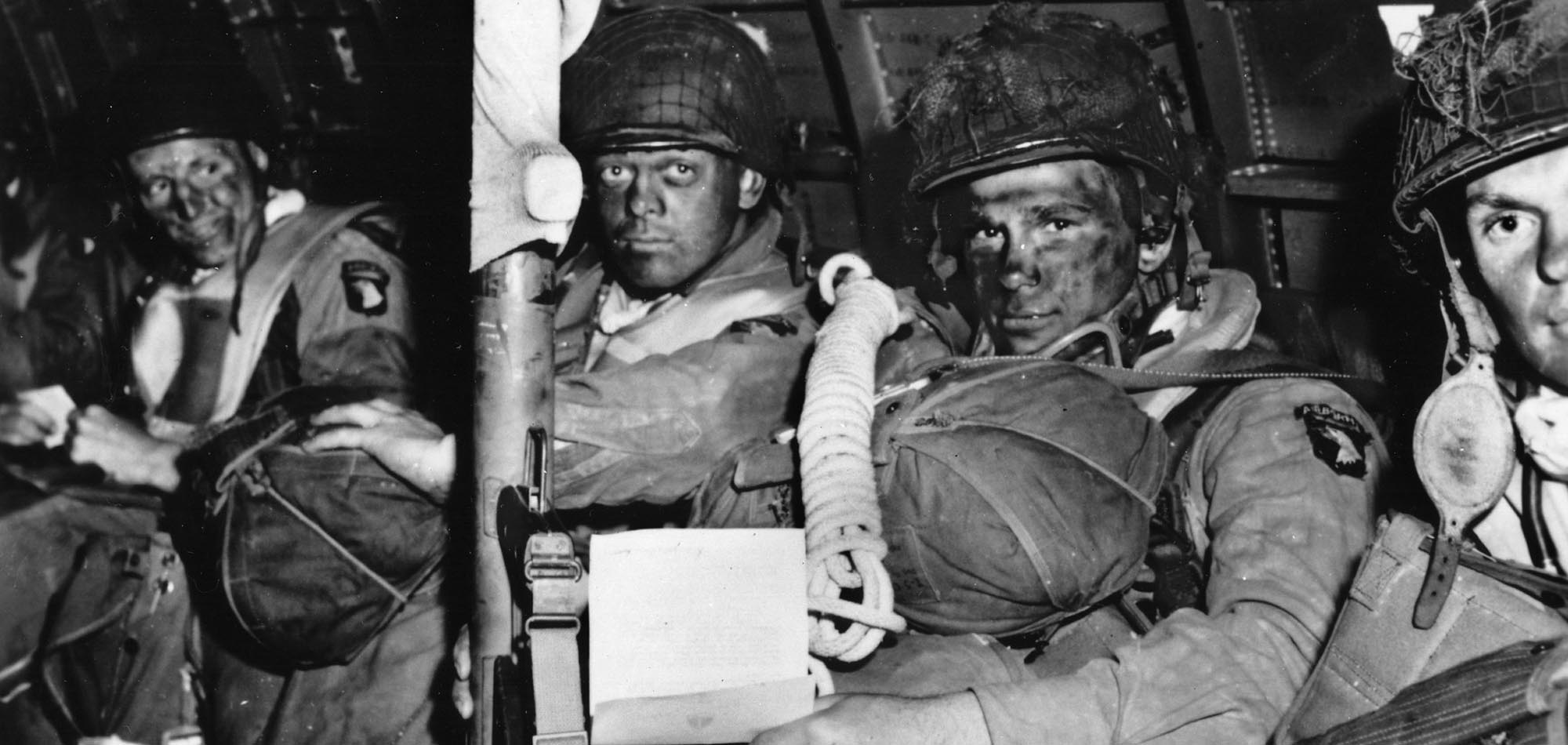
Join The Conversation
Comments
View All Comments